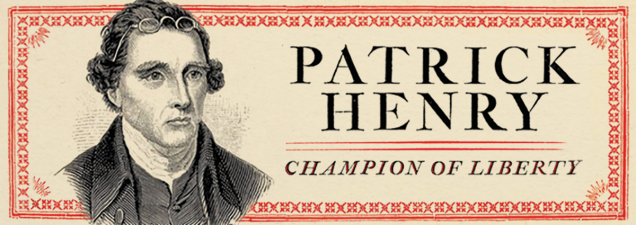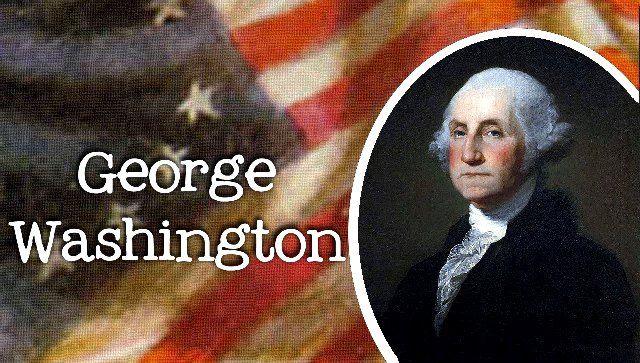Patrick Henry
Patrick Henry To go with the latest American History post, we have a Patrick Henry biography. Patrick Henry was born on Mary 29, 1736 in… Read More »Patrick Henry
Patrick Henry To go with the latest American History post, we have a Patrick Henry biography. Patrick Henry was born on Mary 29, 1736 in… Read More »Patrick Henry
John Adams John Adams was born in 1735 in Massachusetts Bay Colony at Braintree. His birthplace – the oldest presidential house – still… Read More »John Adams
George Washington After much discussion, we decided that the next feature we should add is mini biographies about presidents, generals, and other important historical… Read More »George Washington


